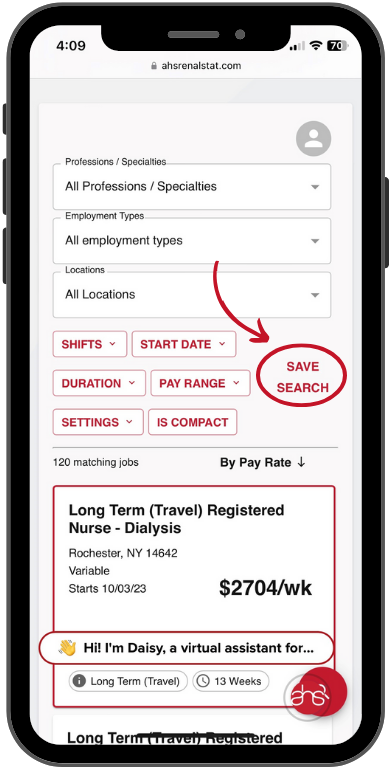A typical dialysis clinic, and the whole renal industry in general, makes money because of the unfortunate disease that has interfered with an individual’s life: kidney disease. The clinics get a certain amount of money reimbursed from Medicare each and every year. Patients, for several decades, have been “lucky” enough to have had an entitlement program that helps during this rough time while they go through the day, every day, fighting to stay alive with the help of dialysis, immunosuppressive drugs, erythropoietin stimulating agents (ESAs) and so forth.
With the fiscal cliff debates what happens if Medicare gets modified or cut? That not only will effect every single patient over 65, but those with end-stage renal disease (ESRD) will be impacted, which will impact ever single dialysis center and nephrology practice.
“Whenever the country is undergoing financial difficulties Medicare is always in jeopardy in being cut,” said Lori Hartwell, founder and president of the Renal Support Network (RSN). “Since the majority of patients are on Medicare—who receive dialysis or get a transplant—if Medicare is cut that impacts the patient and cuts in Medicare usually lead to cuts in care. Staffing is the most important issue for patients, and I think that Medicare needs to pay for dialysis so that the patient gets the right care.”
The more money that gets cut, the less nurses, technicians, dieticians, etc., a clinic can hire to care for these patients and give them the attention they deserve. Because the kidney disease population has been on a continued incline, cutting staff and possible preventing future dialysis centers from opening, would be something to fear if the Medicare cuts occur. What other way can a clinic provide the appropriate care to patients without the necessary funding?
“If there are cuts to Medicare there will be cuts to the services,” Hartwell said.
What about those patient who aren’t quite in the ESRD stage but have chronic kidney disease (CKD)? Those patients, who are not on thrice-weekly dialysis, home hemodialysis (HHD) or peritoneal dialysis, and are approaching the “golden age” of 65 might have to wait two extra years to get assistance from the government if the age gets pushed two years. Those people, who are approaching 65 will get deprived of the benefits that they have worked for for so many years.
“The cuts would impact the CKD population more than they would impact the ESRD population if the change to age were to occur,” Hartwell said.
The Centers for American Progress released some infographics showing that raising the Medicare age to 67 would increase costs and harm seniors. One graph showed that the federal savings would be $5.7 billion, but there would be a $11.4 billion increase in costs, so for every dollar the government would be saving, the average person would be paying $2. Employers would be paying $4.5 billion more and those 65 and 66 years of age would be paying $3.7 more than they do now. If the age increase gets approved that could put 435,000 seniors in the uninsured category and 5.4 million seniors would be forced to find alternative coverage options. So how is that going to work out? How is it that the government wants to make these changes in age when they aren’t considering other options like the cost to the individual? How is this saving money?
“Patients need to be engaged with their elected officials and they need to let them know that dialysis program works,” Hartwell said. “We’re all living, breathing, examples of Medicare program working. Just staying actively involved. We are here because the tax payers decided to give us access to care in early 1970s, and we need to be grateful for that. We also need to remember, that it is an entitlement program, and entitlement programs can be taken away.” ~RenalBusinessToday.com~


